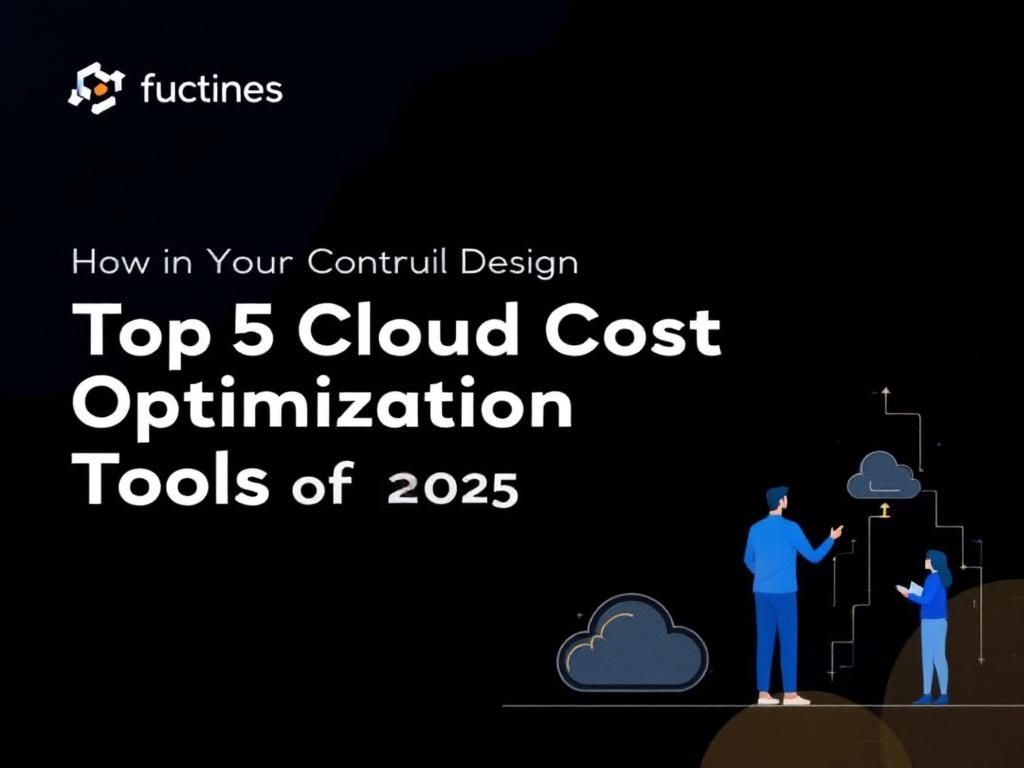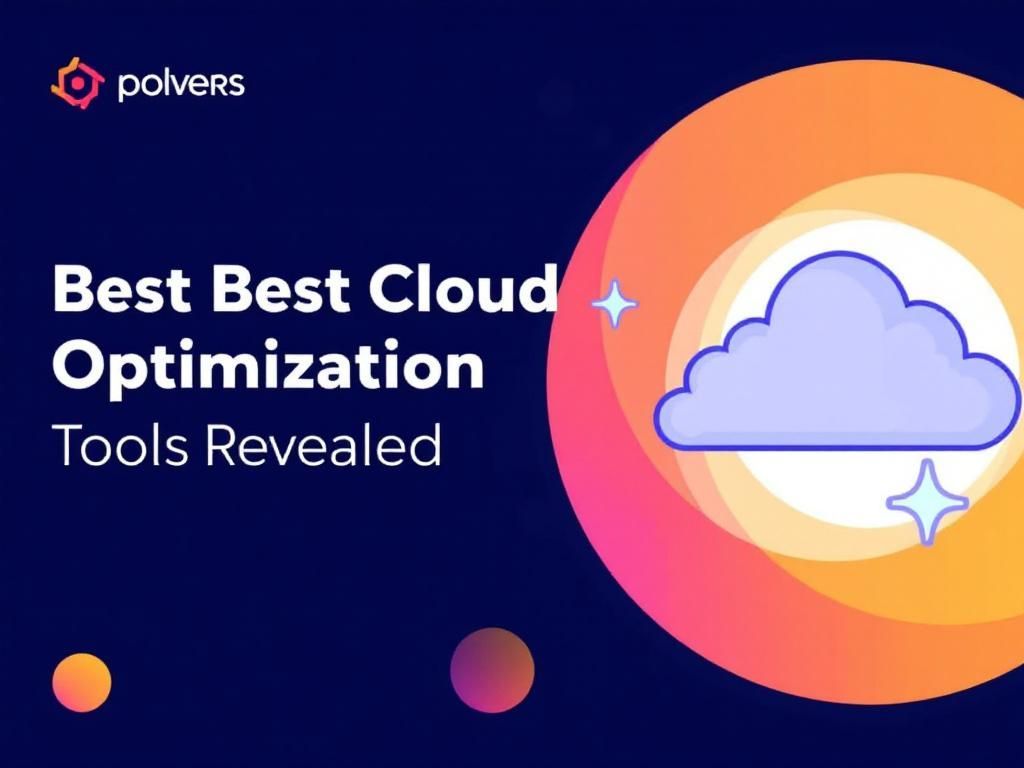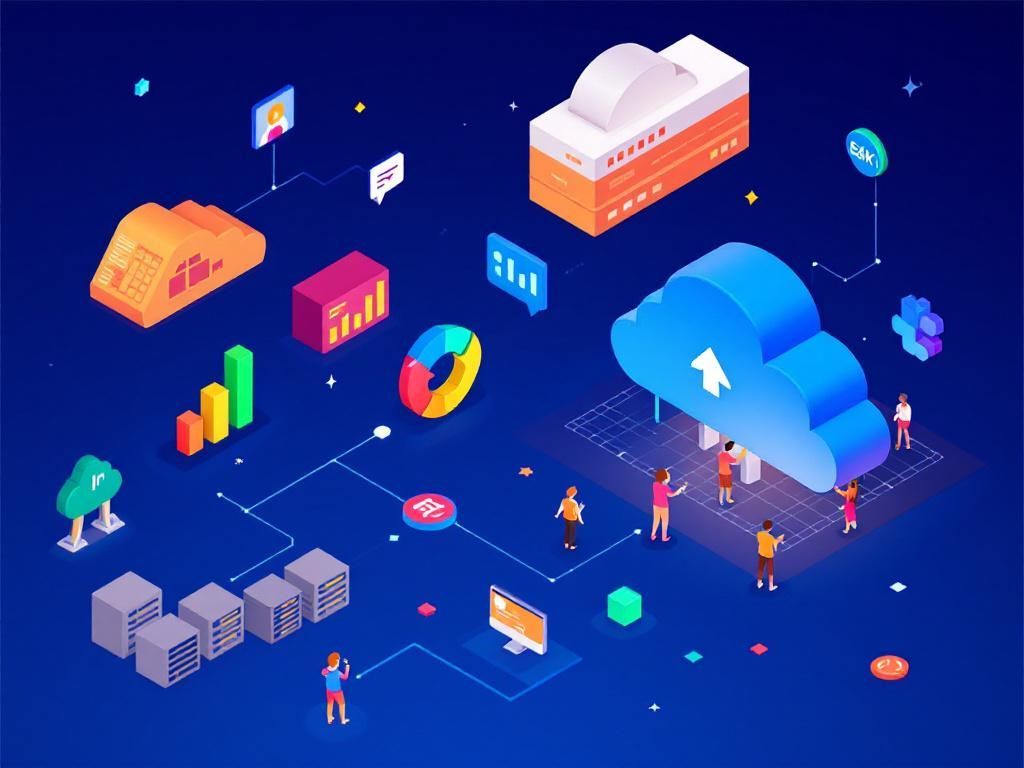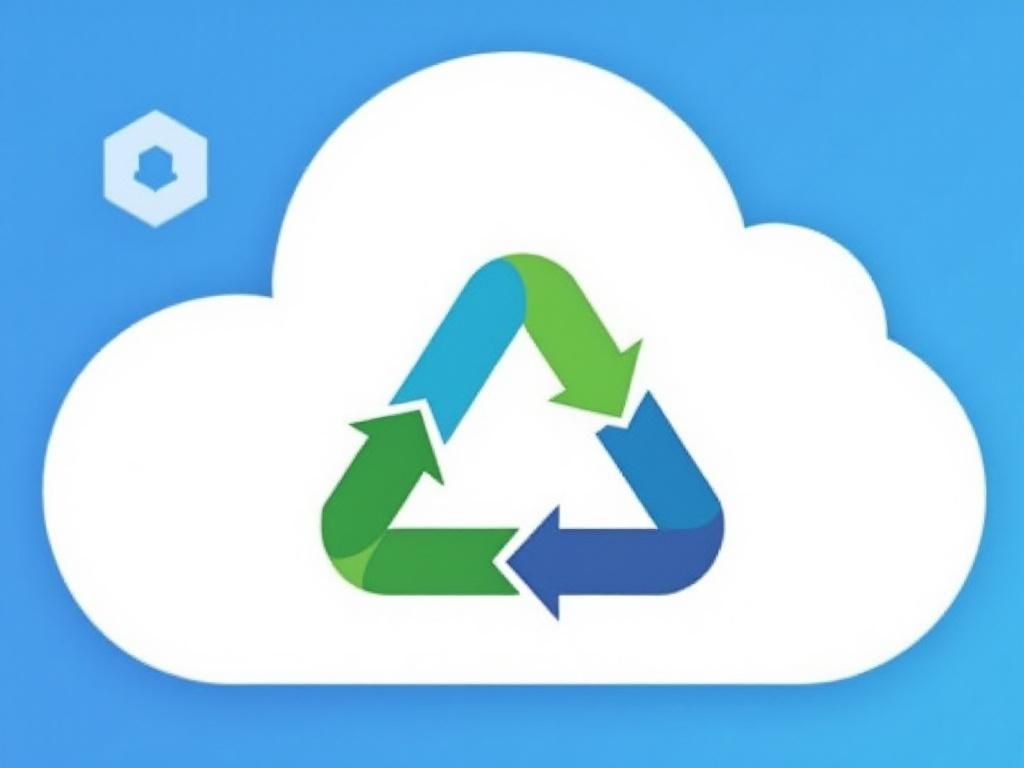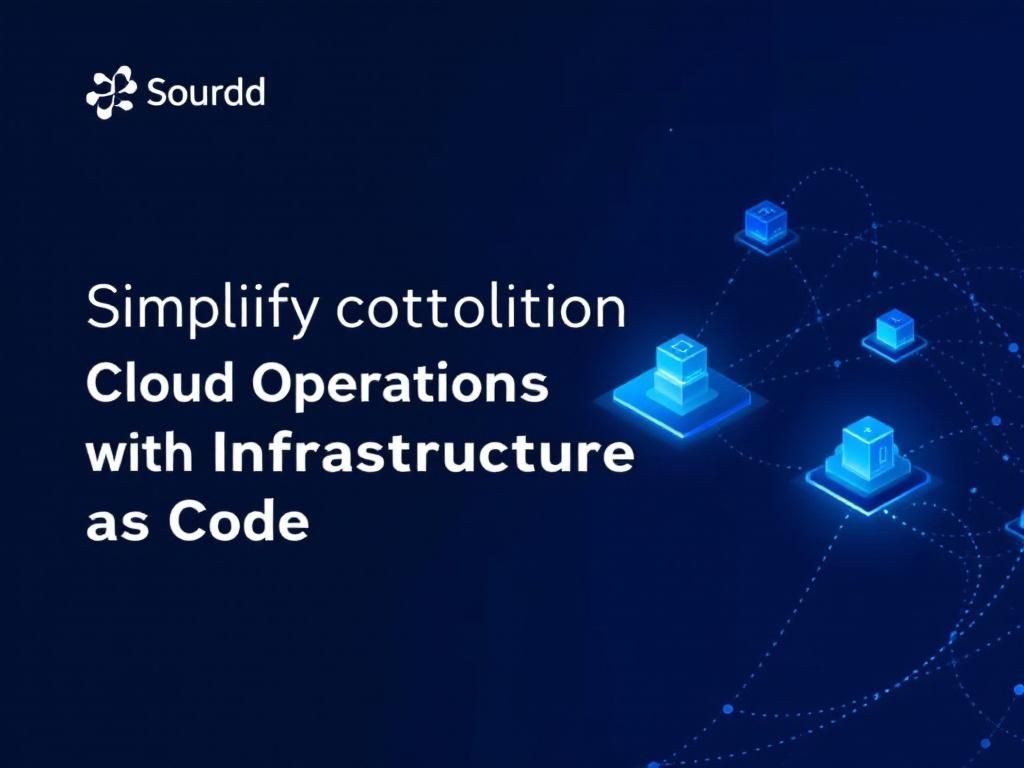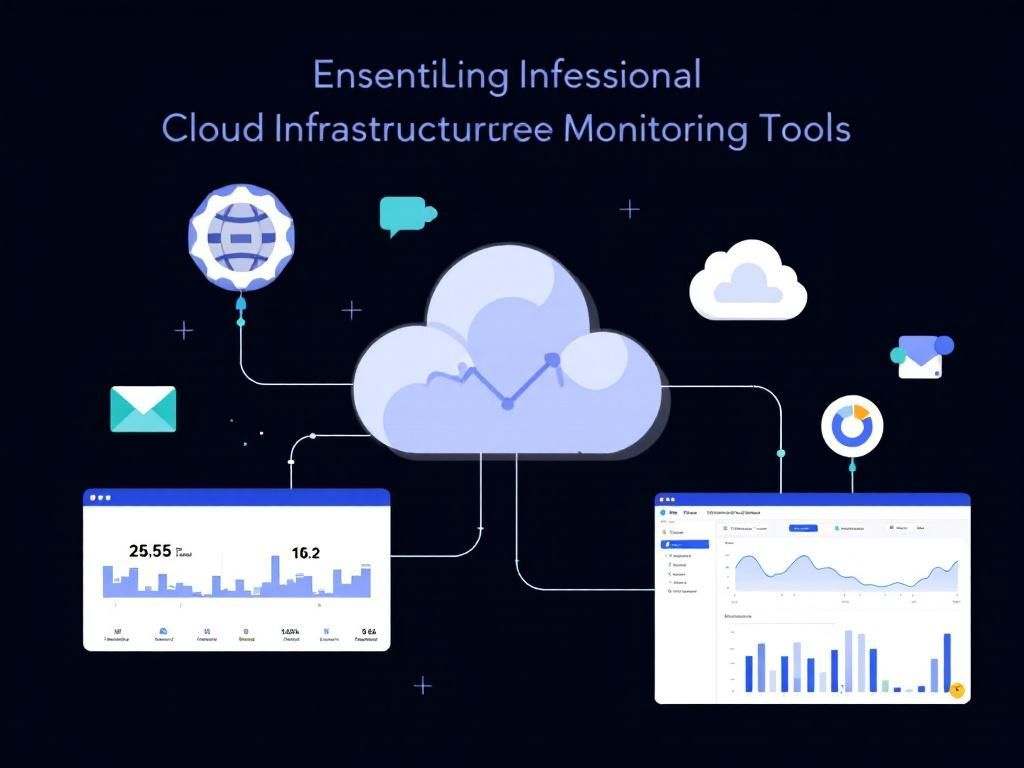Top Tips for Serverless Architecture Success
Discover essential tips for achieving success with serverless architecture and optimize your cloud solutions effectively.

In recent years, serverless architecture has gained immense popularity among developers and organizations looking to build scalable applications without the hefty burden of managing server infrastructure. This paradigm shift allows teams to focus on writing code and delivering features, rather than worrying about server maintenance. However, navigating the complexities of serverless computing can be challenging. In this article, we will explore essential tips and best practices to ensure the success of your serverless architecture.
Table of Contents
Understanding Serverless Architecture
Before diving into the tips, it’s crucial to comprehend what serverless architecture entails. Despite the name, serverless does not mean there are no servers involved—instead, it represents a model where the cloud provider manages the servers, allowing developers to deploy applications without needing to provision or manage infrastructure.
Key Components of Serverless Architecture
- Functions as a Service (FaaS): This is the core component, where developers write functions that execute in response to events.
- Backend as a Service (BaaS): Managed services, such as databases and authentication, that can be easily integrated into applications.
- Event Sources: Triggers that initiate serverless functions, such as HTTP requests, database changes, or scheduled tasks.
Tips for Building a Successful Serverless Architecture
1. Choose the Right Use Cases
Not all applications are suitable for serverless architecture. It’s essential to identify use cases where serverless can offer advantages such as scalability, reduced operational costs, and quick deployment times. Consider the following scenarios:
- Microservices: Break down large applications into smaller, independent services.
- Event-driven applications: Respond to events in real-time, such as IoT data processing.
- APIs: Build RESTful services that can scale automatically based on demand.
2. Embrace a Microservices Approach
Adopting a microservices architecture can enhance the flexibility and scalability of your serverless application. By decomposing your application into smaller, manageable services, you can deploy and scale each component independently. Key points to consider:
- Each microservice should focus on a single business capability.
- Use lightweight communication protocols, such as HTTP or gRPC.
- Implement service discovery mechanisms to manage microservice interactions.
3. Optimize Function Performance
Performance is a critical aspect of serverless applications. Here are some strategies to optimize function performance:
- Minimize Cold Start Times: Cold starts occur when a serverless function is invoked after being idle. To mitigate this, keep functions warm by scheduling regular invocations.
- Efficient Code: Write lean code and leverage appropriate libraries to reduce execution time.
- Reduce Dependencies: Minimize the number of external dependencies to decrease deployment size and execution time.
4. Monitor and Log Effectively
Monitoring is crucial for maintaining the health of your serverless applications. Implement robust logging and monitoring solutions to gain insights into performance and troubleshoot issues. Some best practices include:
- Utilize cloud provider monitoring tools (e.g., AWS CloudWatch, Azure Monitor).
- Incorporate APM (Application Performance Monitoring) solutions to track performance metrics.
- Set up alerts for error rates and performance degradation.
5. Manage Security Thoughtfully
Security is paramount in any application, and serverless architectures come with their unique challenges. Follow these best practices to ensure your serverless application remains secure:
- Access Control: Utilize IAM (Identity and Access Management) roles to control permissions for serverless functions.
- Input Validation: Always validate and sanitize input data to mitigate injection attacks.
- Environment Variables: Store sensitive information, such as API keys and database credentials, in environment variables instead of hard-coding them.
6. Test Thoroughly
Testing serverless applications can be complex due to their event-driven nature. Implement a comprehensive testing strategy that includes:
- Unit Testing: Test individual functions to ensure they behave as expected.
- Integration Testing: Validate the interaction between different microservices and external dependencies.
- End-to-End Testing: Simulate real-world scenarios to verify the application’s overall functionality.
Table: Comparison of Popular Serverless Platforms
| Platform | Language Support | Pricing Model | Key Features |
|---|---|---|---|
| AWS Lambda | Node.js, Python, Java, Ruby, Go | Pay as you go | Integrates with other AWS services |
| Azure Functions | C#, Java, JavaScript, PowerShell | Pay-as-you-go | Seamless integration with Azure services |
| Google Cloud Functions | Node.js, Python, Go, Java | Pay for what you use | Built-in support for Google services |
7. Plan for Cost Management
While serverless can be cost-effective, it’s important to keep an eye on your spending. Here are some strategies to manage costs effectively:
- Utilize cost estimation tools provided by cloud platforms during the planning phase.
- Set budgets and alerts to monitor spending.
- Analyze usage patterns to identify areas where costs can be reduced, such as optimizing function execution times.
8. Prepare for Vendor Lock-In
Vendor lock-in is a significant concern with serverless architecture, as it may limit your flexibility in the future. To mitigate lock-in risks:
- Design your architecture to be cloud-agnostic where possible.
- Utilize open-source tools and frameworks that can be deployed across different cloud platforms.
- Document your architecture and dependencies to facilitate migration if necessary.
Conclusion
Serverless architecture can transform the way applications are built and run. By following the tips and best practices outlined in this article, you can harness the power of serverless computing while mitigating potential challenges. The future of application development is rapidly evolving, and adopting a serverless approach could be the key to staying ahead in this ever-changing landscape.
FAQ
What is serverless architecture?
Serverless architecture is a cloud computing model where the cloud provider dynamically manages the allocation of machine resources. Developers can focus on writing code without worrying about server management.
What are the benefits of using serverless architecture?
The benefits include reduced operational costs, automatic scaling, improved productivity, and faster time to market as developers can concentrate on application logic instead of infrastructure.
How does serverless architecture handle scaling?
Serverless architecture automatically scales applications by running code in response to events, allowing it to handle varying loads without manual intervention.
What are some best practices for implementing serverless architecture?
Best practices include keeping functions small and focused, using monitoring tools for performance insights, managing dependencies effectively, and implementing proper security measures.
Can I use serverless architecture for large-scale applications?
Yes, serverless architecture can support large-scale applications by leveraging multiple functions and services that work together, allowing for efficient resource utilization and scalability.
What are common challenges faced in serverless architecture?
Common challenges include cold start latency, vendor lock-in, debugging complexity, and managing state in a serverless environment.



